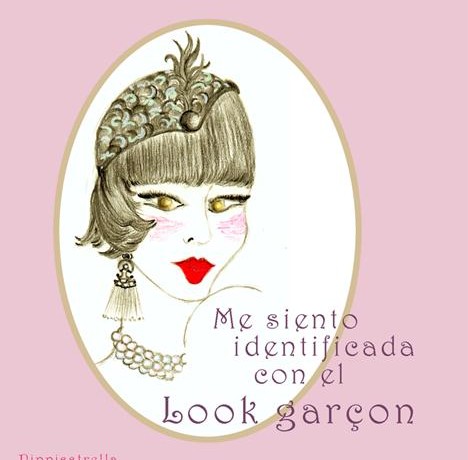The Twenties gave way to the beginning of our emancipation. The fact that we achieved the free vote for the first time in this decade, after a great struggle meant that we would free ourselves from numerous restrictions to which we had always been subjected.
The freedom to vote came hand in hand with the freedom in many other areas. We managed to liberate ourselves from the corseted dresses, the awkward hairstyles, the dense black stockings, the nineteenth century’s ankle-length skirts and give the loose reign to a new woman. We passed from being submissive housewives to indisputable protagonists of social events. We started to fill universities and we were made intoQueensof the nightlife scene. The great parties, the jazz concerts, the theatres and the casinos were the places where we gave loose reign to this new lifestyle.
The great designers of this period soon understood what the changes were that we demanded, and they adjusted their designs to our new taste: short sleeves, wide necklines, knee-length skirts, loose dresses… A style that was much freer, sportier and casual than we could ever have dreamed of wearing.
All these changes gave way to a totally new look: “The Garçon Look”.
This look, much more masculine that ever imagined, needed to lend itself to long earrings, silk stockings, infinite pearl necklaces and sophisticated accessories, in order to give a more feminine touch to a look that perhaps resulted too masculine for its time.
Which were the indispensable objects for the ‘garçon look’? : short hair, natural silk, leopard, sophisticated turbans, fringes, feathers, long mouthpieces, cigarette cases, red lipstick, and of course, ostentatious pieces of costume jewellery. These would be the signs that distinguished the authentic “garçon woman” from her predecessors.
Smoking, driving fast cars, practising sports such as golf or tennis, dancing a Charleston or a Tango were the activities that we could never have dreamt of doing, and from this moment on they would turn into something indispensable for any woman that valued being update with the latest trends.
The Decorative Arts exhibition in 1925 inParis, and fashion magazines such as Vogue (New York, 1982) and Gazette du Bon Ton (Paris 1912), were the authentic trampolines that allowed the garçon style to rapidly jump up to the European and United States´ salons.
The greatest revolutionist in the fashion and costume jewellery world was Coco Chanel. Chanel was a visionary, a genius in haut couture and design. She was the authentic ‘garçon woman’.
It was thanks to Chanel and designers such as Trifari, Napier, Marcel Borcher and Eisenberg (I will go on to speak about all of these in future posts), that the great pieces of jewellery were able to reach all women around the world. They were the women that demanded pieces with style and glamour, yet at a more accessible price than the pieces made by the great jewellers of the time. Chanel never considered costume jewellery to be the younger sister of jewellery. On the contrary, she always thought of it as an authentic type of jewellery.
The garçon style went out with a bang when theNew Yorkstock exchange crashed in 1929 and the Second World War started inEurope. The luxury industry disappeared and the great jewellery and costume jewellery designers had to reduce their prices, resorting to materials such as Bakelite, plastic or silver. In this way they were able to continue creating pieces of great design and quality but at much lower prices.
Can you identify with the garçon look?
What do you think of the infinite pearl necklaces and the great costume jewellery pieces?
Illustration kindly provided by Pippisstrella


